Bacterial infections have long been known to trigger autoimmune conditions with substantial morbidity. A panel of experts addressed three concepts in relation to bacterial infections, lupus, and other autoimmune disorders in Bacterial Autoimmune Sequelae: Common and Newly Recognized Clinical Syndromes on Saturday, November 12.

The session is available for on-demand viewing for registered ACR Convergence participants through October 31, 2023, on the virtual meeting website.
Madeleine Cunningham, PhD, the George Lynn Cross Research Professor and Presbyterian Health Foundation Presidential Professor in Microbiology and Immunology, University of Oklahoma Health Sciences Center, focused on the connection between streptococcal infection, autoimmunity, and molecular mimicry. Streptococcal diseases like impetigo and cellulitis can lead to conditions such as acute glomerulonephritis, acute rheumatic fever (ARF), and rheumatic heart disease (RHD), as well as major manifestations of ARF such as Sydenham chorea and carditis.
“Rheumatologists, have cardiologists follow all your patients who have lupus and Sjögren’s disease. You might not think about how their hearts may be affected,” Dr. Cunningham said.
She reviewed molecular mimicry and how antigenic determinants are shared between the host and invading organism, and she shared details about a recent study of RHD in animal models that showed the mimicry between cardiac myosin and M protein and group A streptococcus, activating Th17 cells that have been shown to be the link between streptococci and the heart.
Dr. Cunningham also pointed out the global burden of RHD and ARF and the current movement to identify biomarkers of ARF to eliminate the disease worldwide.

“You might say, ‘Well, we don’t have any of that in the U.S.,’ but there are millions suffering in India, Africa, and South America,” she said. “It kills more than 300,000 children a year.”
Gregg Silverman, MD, Professor of Medicine and Pathology, Associate Director of the Division of Rheumatology, and Director of the Laboratory of B-cell Immunobiology, NYU Grossman School of Medicine, took the discussion to a newly recognized connection between bacteria and autoimmune disorders in his presentation about a strain-specific glycan in a gut pathobiont linked to lupus nephritis.
Researchers investigated the hypothesis that disease triggers and flares involve microbiome dysbiotic shifts.
“In the microbiome, the study found an association with a particular species and strain of a common commensal within our own intestine. Everybody in the room has some representation of Ruminococcus gnavus (RG), but it’s present at very, very low levels,” Dr. Silverman said. “In our initial cross-sectional studies among women with lupus, we found there was a major subset who had dysbiosis and imbalances within their microbiome; the greater the disease activity level, the greater the discordance.”
In a recent longitudinal fecal microbiome survey, Dr. Silverman’s lab found more than 45 percent of lupus nephritis disease flares were concurrent with RG blooms. RG feeds, in part, on the gut barrier itself, increasing intestinal permeability.
“We tried to recover strains from lupus patients until we realized our unsuccessful efforts were because we were getting patients who were quiescent in their disease and had low levels of gnavus, and we realized we should get them when they’re flaring and had these blooms,” he said. “We were much more successful and were able to obtain these isolates and perform whole genome sequencing and compare the complement of genes that are present and associated with health as opposed to disease.”
During isolation, a unique non-protein that was found and purified turned out to be a lipoglycan. “The behavior of these strains is all surface-glycan related,” Dr. Silverman said.

Roberto Caricchio, MD, Professor of Medicine, the Myles J. McDonough Chair in Rheumatology, and Chief of the Division of Rheumatology, University of Massachusetts Chan School of Medicine, focused on infectious triggers of systemic lupus erythematosus (SLE).
There is much known about viral infections, but less is known about bacterial infections and their effects on SLE. One infection that he took a closer look at is E. Coli in urinary tract infection (UTI).
Curli, a functional amyloid, are produced by E. Coli and strengthen biofilms, which are communities of bacteria growing on epithelia. The biofilms from E. Coli make bacteria in UTIs difficult to eradicate.
“We’ve done some work recently demonstrating that these curli DNA are the basis for the biofilm from E. Coli and can very strongly activate the innate immune system,” Dr. Caricchio said.
Among his findings were that curli DNA complexes are powerful danger signals and immunogens, while anti-curli DNA correlate with lupus flares, anti-double-stranded DNA, and persistent bacteriuria. And curli DNA complexes induce NETosis, a form of programmed cell death involving neutrophil extracellular traps, in human polymorphonuclear neutrophils (PMNs) and it is higher in lupus patients with aDNA+ and persistent bacteriuria.
Dr. Caricchio’s conclusion: The urinary microbiome is conducive to curlieated bacterial subclinical infections in lupus and triggers or propagates systemic autoimmunity.
His next step has been to identify multi-dimensional phenotypes of patients with chronic bacteriuria, the data for which he is currently analyzing.
“We are generating not only the clinical data but the genomics, proteomics, and metabolomics in those patients to find the pattern in which there is this chronic inflammatory status derived from a subclinical bacterial infection,” he said.
Register Today for ACR Convergence 2025

If you haven’t registered for ACR Convergence 2025, register today to participate in this year’s premier rheumatology experience, October 24–29 in Chicago. All registered participants receive on-demand access to scientific sessions after the meeting through October 31, 2026.
